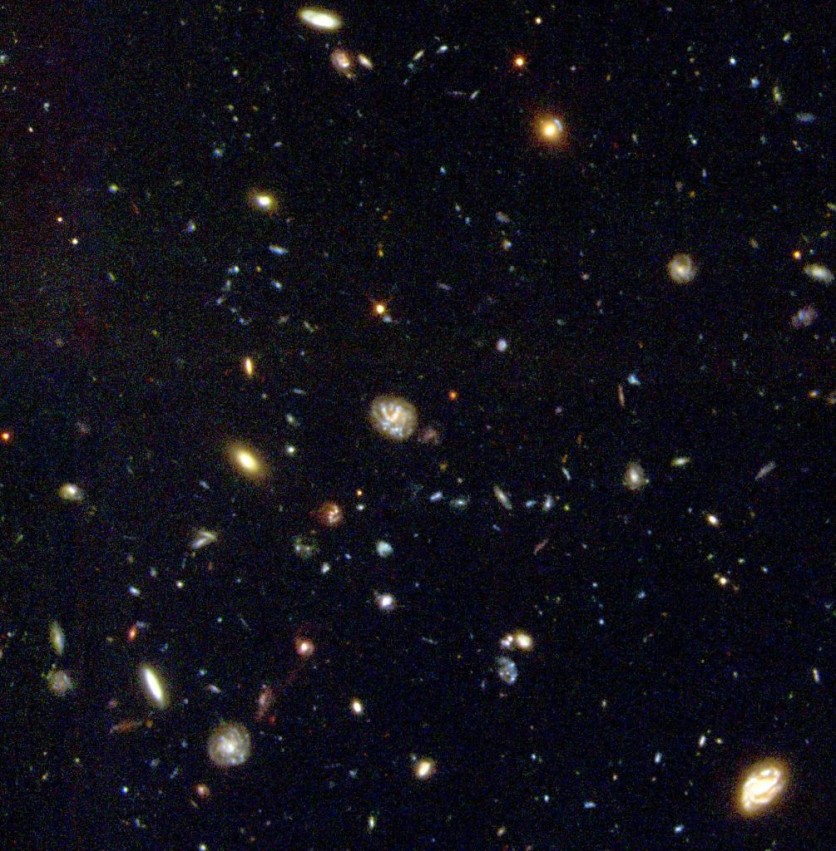A massive survey on the Milky Way's cosmic plane has been released by astronomers. The new collection, which may be the largest of its kind to date, contains an astounding 3.32 billion celestial objects.
The US Department of Energy's Dark Energy Camera was used at the NSF's Cerro Tololo Inter-American Observatory in Chile, a program of NOIRLab, to collect the data for this ground-breaking survey, as per a press release.

Mapping the Vast Milky Way
There are hundreds of billions of stars in the Milky Way Galaxy, along with gleaming star-forming regions and enormous, dense clouds of gas and dust.
The second data update of the Dark Energy Camera Plane Survey (DECaPS2) exposes an astounding number of celestial objects in unparalleled detail, despite the burden of imaging and documenting the Milky Way's vast space for research.
About 3.32 billion items were recognized by the DECaPS2 survey, which required two years to complete over 10 terabytes of data from 21,400 individual exposures. This catalog is likely the largest one to be assembled to date, according to NOIRLab.
The Dark Energy Camera (DECam) equipment on the Victor M. Blanco Telescope at Cerro Tololo Inter-American Observatory (CTIO), recorded this historic collection.
DECam was able to capture the southern Galactic plane in striking detail because of CTIO's elevated vantage point, which provides astronomers with an unmatched perspective of the southern celestial hemisphere.
DECaPS2 is an optical and near-infrared survey of the Milky Way's plane viewed from the southern portion of the sky.
All About DECaPS
DECaPS' first data set was made public in 2017, and after the addition of the current data release, the survey now spans a stunning 130 degrees of the night sky or 6.5% of the total area of the sky. NOIRLab said that this is equivalent to 13,000 times the angular area of the full Moon.
The Community Science and Data Center, a division of NOIRLab, hosts the DECaPS2 dataset, which is accessible to the entire scientific community.
"One of the main reasons for the success of DECaPS2 is that we simply pointed at a region with an extraordinarily high density of stars and were careful about identifying sources that appear nearly on top of each other," said Andrew Saydjari, lead author of the study, said in a press release statement.
"Doing so allowed us to produce the largest such catalog ever from a single camera, in terms of the number of objects observed."
DECam was initially designed to help the Dark Energy Survey, which was undertaken by the US National Science Foundation and the US Department of Energy.
The public can access the massive dataset here.
Related Article : New Mysterious Barrier in Milky Way Confuses Experts-Allegedly Blocking Cosmic Rays From Reaching Galaxy's Center

ⓒ 2025 TECHTIMES.com All rights reserved. Do not reproduce without permission.




